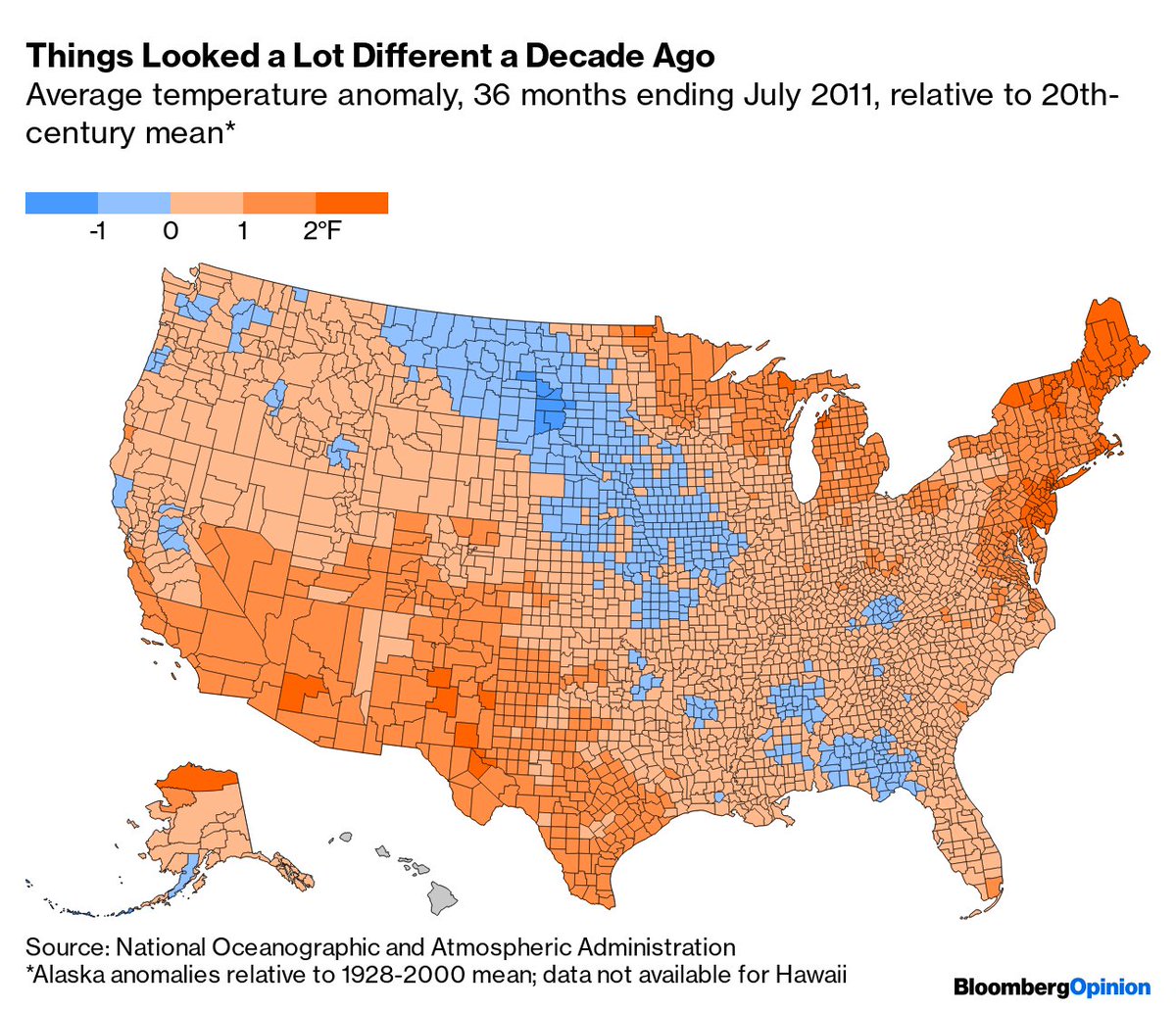At some point after the Covid-19 pandemic fades, mortality rates will drop below normal. But there's not much sign in the data that this is happening yet
bloomberg.com/opinion/articl…
bloomberg.com/opinion/articl…
People keep thinking this low-mortality period has already arrived in the U.S. because of the way the CDC reports excess deaths, but the data for the past couple of months are incomplete and CDC efforts to correct for the incompleteness never quite do the trick 

In fact, because of a change in methods on Sept. 9, the CDC warns that "estimates for the most recent weeks for the US overall are likely underestimated to a larger extent than in previous releases" cdc.gov/nchs/nvss/vsrr… 

New York City's mortality numbers as reported to the CDC don't seem to have this problem, so here are deaths from all causes for those 85 and older in NYC compared with the past three years' average. A huge increase in spring followed by normal mortality since then 

A deadly heat wave in France in 2003 gives some indication of what might happen after the pandemic is really over. Deaths among those 85 and older were normal for the rest of the year, then markedly lower in 2004 

Anyway there are lots more charts from Europe in the column, but this one from Germany is remarkable. Mortality among those 85+ this spring was lower than in a normal flu season. Definitely not the case in the U.S., or any other large Western European country 

The European data are available from @EU_Eurostat here ec.europa.eu/eurostat/datab…
• • •
Missing some Tweet in this thread? You can try to
force a refresh




















